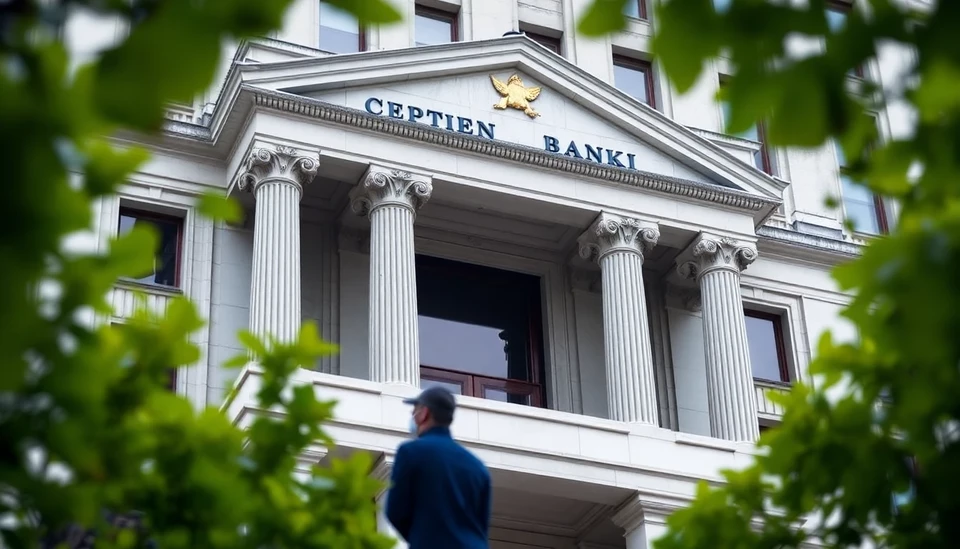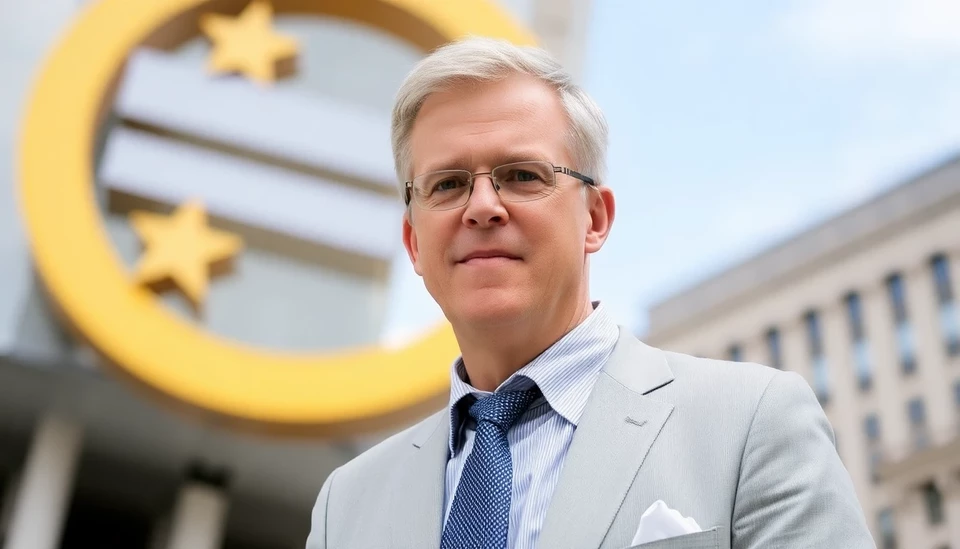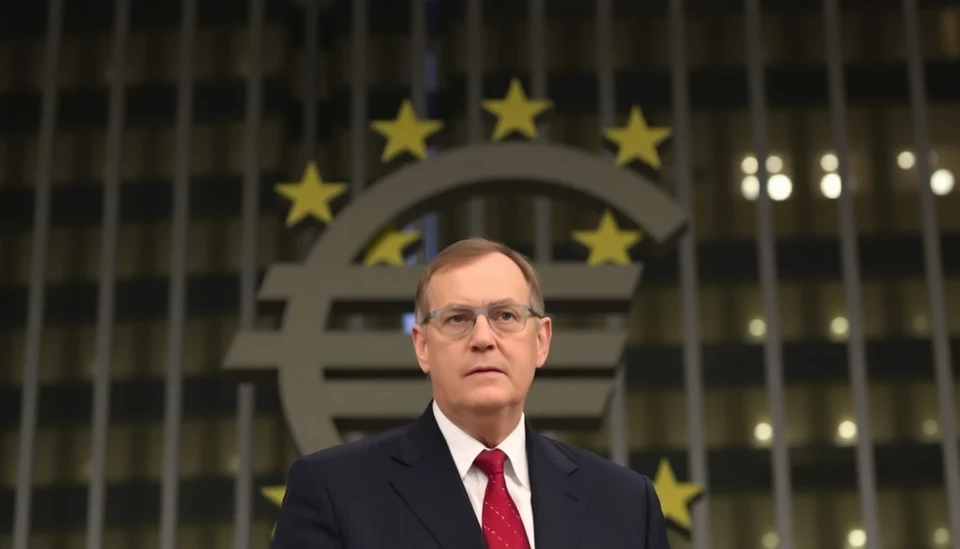
The European Central Bank (ECB) is entering a critical phase as discussions surrounding potential interest rate cuts become increasingly contentious. The bank's policymakers, faced with a tumultuous economic landscape, find themselves divided on the urgency and extent of rate reductions. This internal conflict is emerging at a time when economic indicators showcase signs of both resilience and struggle within the Eurozone.
On one side of the debate, a faction advocates for accelerated interest rate cuts to stimulate economic growth and combat persistent inflation. They argue that the current economic conditions warrant immediate action to support struggling industries and households, particularly as recent data revealed subdued consumer spending and lagging manufacturing outputs. The proponents of this approach believe that easing monetary policy would bolster confidence and drive investment in the region.
Conversely, a growing contingent of policymakers echoes concerns about the long-term ramifications of aggressive monetary easing. They caution that hastily reducing interest rates could instigate a resurgence of inflation, which the ECB has endeavored to control after the pandemic-induced spikes. These officials advocate for a more cautious approach, urging a thorough assessment of ongoing economic indicators before making significant policy shifts.
This internal divide has become even more pronounced following last week's ECB meeting, where conflicting opinions were aired regarding the trajectory of interest rates for 2025. While some members voiced optimism for a rebound, others expressed skepticism about the pace of recovery, emphasizing the necessity of a balanced strategy that prioritizes steadiness over impulsivity.
As the ECB grapples with these differing perspectives, the economic backdrop presents a mixture of positive and negative signals. Unemployment rates remain comparatively low, providing a cushion against possible recessions. However, inflation continues to be a significant concern in several sectors of the economy, raising questions about the ECB's ability to effectively manage these pressures without triggering adverse consequences.
Looking ahead, analysts suggest that the ECB might opt for a more moderate approach, potentially considering smaller rate cuts or delaying further cuts altogether until clearer economic patterns emerge. The strategy could aim to navigate the complex and uncertain terrain of the Eurozone's recovery while addressing both inflation concerns and the need for economic support.
Ultimately, the decision-making process at the ECB will not only influence the Eurozone's economic trajectory but also impact global markets. As uncertainty persists, all eyes will be on the central bank as it approaches what could be a pivotal moment in its monetary policy strategy.
As the critical debates within the ECB unfold, market observers are eager to see how these internal dynamics will play out against the backdrop of an ever-evolving economic landscape. The balance between stimulating growth and managing inflation remains a daunting challenge for the institution tasked with steering the Eurozone's financial stability.
With the stakes high and disagreements mounting, the path forward for the ECB promises to be anything but straightforward.
#ECB #InterestRateCuts #EconomicPolicy #Eurozone #MonetaryPolicy #Inflation #FinancialMarkets #CentralBank
Author: Daniel Foster




